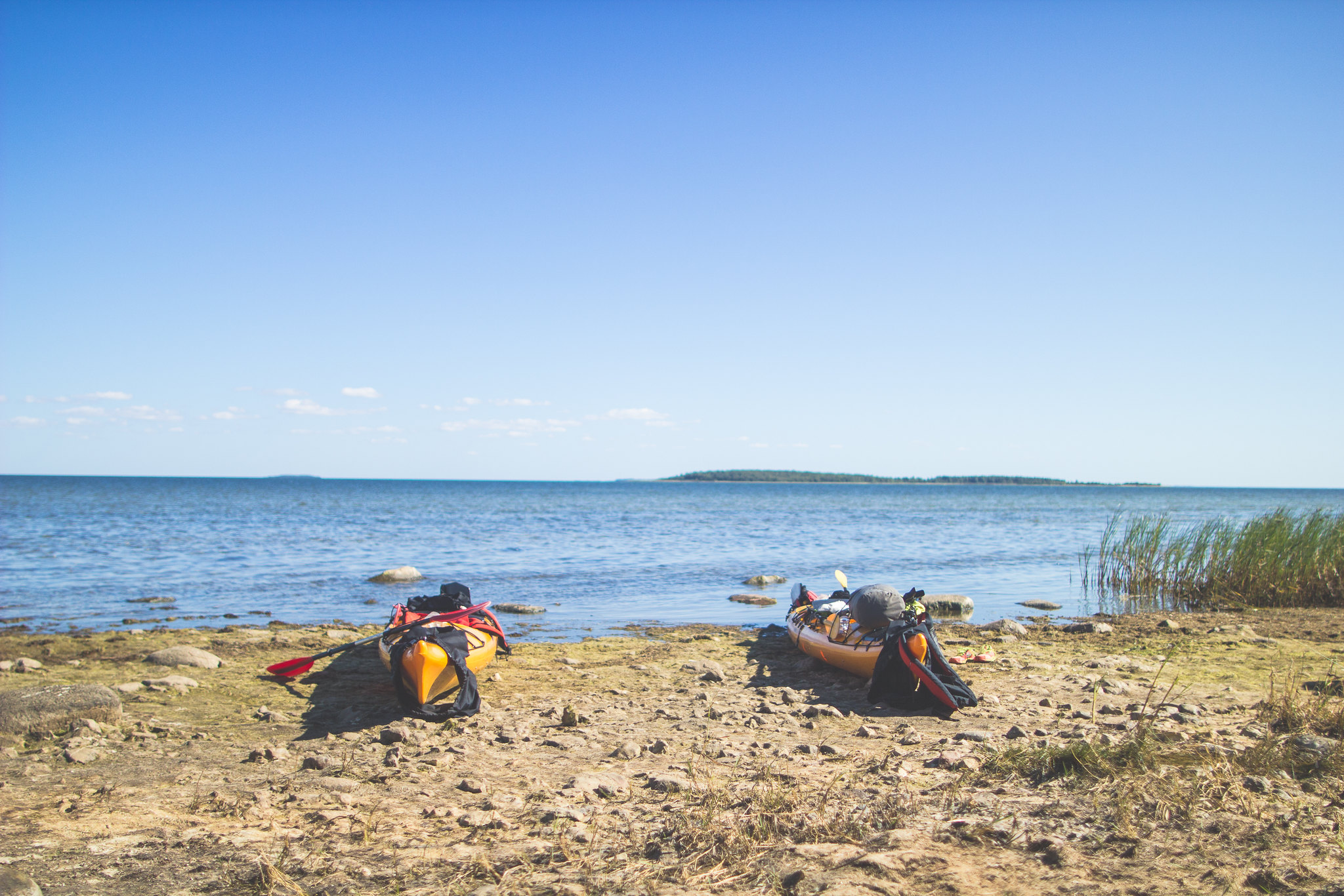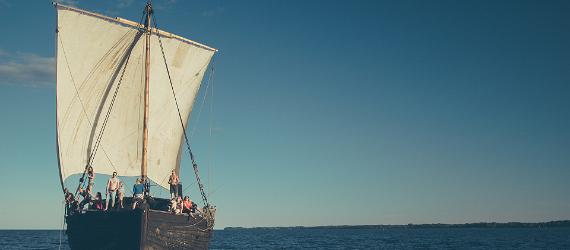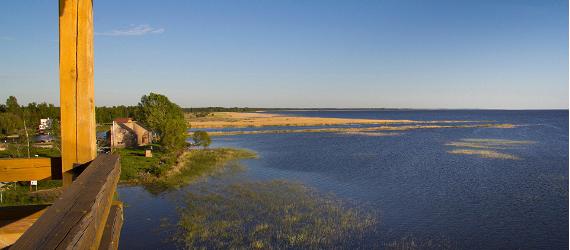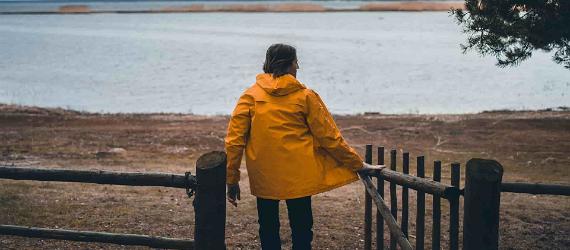Estonia's winding 3,800-kilometre coastline has been a home and source of livelihood for the local coastal folk for centuries. The local landscape is not densely inhabited and very natural – there are sandy beaches, stony areas, cliffs, reed beds and also muddy areas where you would find a range of bird species, one rarer than the other.
Fishing and seal hunting has been the main source of income for the islanders living on the larger and smaller islands scattered along the coast. The Coastal Swedes first immigrated to the Estonian island of Vormsi in the early 13th century, contributing to the local fishermen culture. Many Estonian Swedes grew up to be sailors and shipbuilders, building the oldest remaining sailboat in Estonia. Construction of sailboats from timber took off in the late 19th century. Historically, the best-known site for such construction is the village of Käsmu, were at one time there was a captain in virtually every family.

Noarootsi, also known in Swedish as Nuckö, has become the modern centre of Coastal Swedes. The pastorate located across the road from the Noarootsi Church is one of the oldest wooden buildings in Estonia. If fish is your dish, then you'll find yourself right at home at local eateries and restaurants munching on salted fish such as Baltic herring, vimba bream, and perch as well as all manner of smoked fish including the local's favourite – the smoked flounder.




















